
In an age where environmental consciousness is at the forefront of societal concerns, sustainable interior design has emerged as a pivotal trend. This design approach not only prioritizes aesthetics and functionality but also emphasizes environmental responsibility. By choosing sustainable interior design, you can transform your home into a stylish, comfortable, and eco-friendly haven. In this comprehensive guide, we will explore the principles of sustainable interior design, provide practical tips for incorporating eco-friendly elements into your home, and highlight the benefits of making sustainable choices.
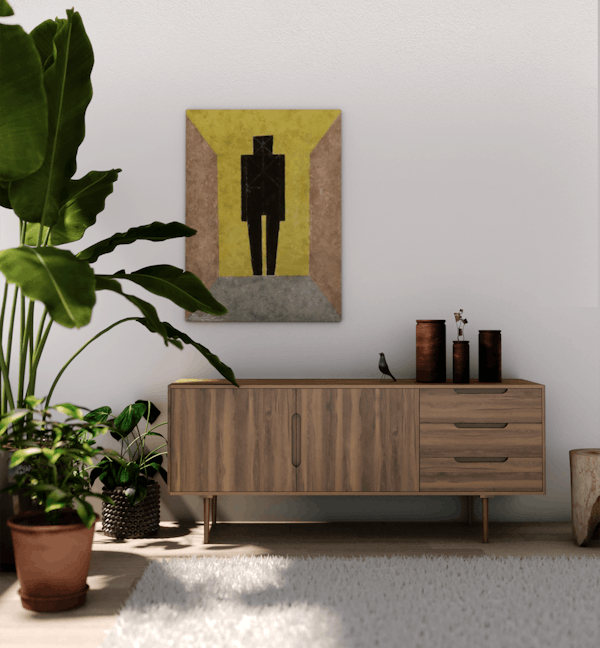
Table of Contents
ToggleUnderstanding Sustainable Interior Design
What is Sustainable Interior Design?
Sustainable interior design refers to the practice of creating interior spaces that are environmentally responsible and resource-efficient throughout their lifecycle. This includes the selection of eco-friendly materials, energy-efficient products, and design techniques that reduce waste and environmental impact. The goal is to minimize the carbon footprint while creating a healthy and comfortable living environment.
Principles of Sustainable Interior Design:
1. Energy Efficiency:
Utilizing energy-efficient lighting, appliances, and heating/cooling systems to reduce energy consumption.
2. Resource Conservation:
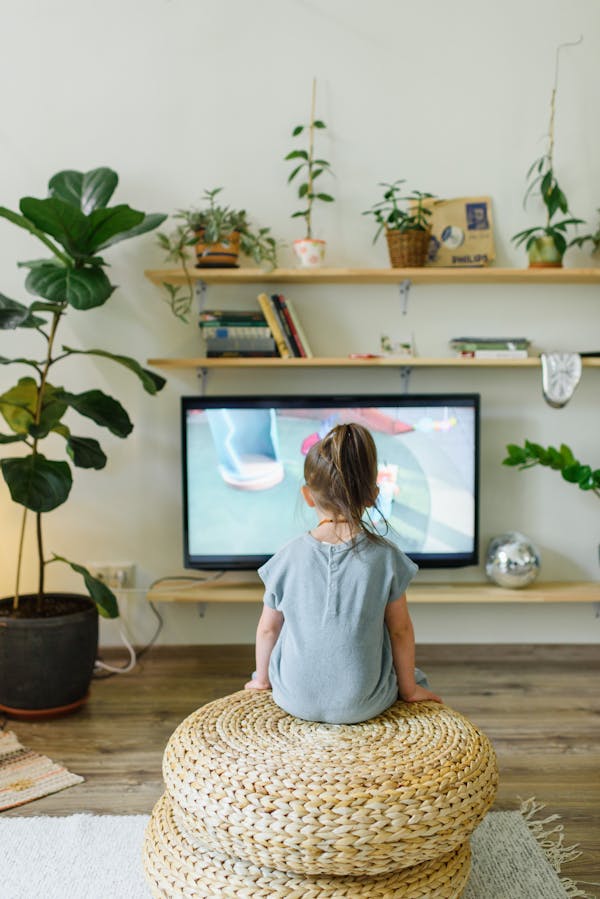
Selecting materials that are renewable, recyclable, or have a low environmental impact.
3. Indoor Air Quality:
Ensuring good ventilation and using non-toxic materials to improve the air quality inside the home.
4. Waste Reduction:
Minimizing waste through recycling, repurposing, and choosing durable products.
5. Water Conservation:
Implementing water-saving fixtures and practices to reduce water usage.

Benefits of Sustainable Interior Design
Environmental Benefits:
1. Reduced Carbon Footprint:
Sustainable design reduces energy consumption and greenhouse gas emissions.
2. Resource Preservation:
Using sustainable materials helps conserve natural resources and reduce waste.
3. Minimized Pollution:
Non-toxic materials contribute to cleaner air and less environmental contamination.
Economic Benefits:
1. Lower Utility Bills:
Energy-efficient appliances and lighting can significantly reduce utility costs.
2. Long-Term Savings:
Durable, high-quality materials reduce the need for frequent replacements and repairs.
3. Increased Property Value:
Eco-friendly homes are increasingly desirable, often leading to higher property values.
Health Benefits:
1. Improved Air Quality:
Non-toxic paints, finishes, and materials contribute to healthier indoor air.
2. Comfortable Living Spaces:
Good ventilation and natural lighting enhance overall comfort and well-being.

Practical Tips for Sustainable Interior Design
Choosing Sustainable Materials:
1. Recycled and Reclaimed Materials: Opt for furniture and decor made from recycled or reclaimed wood, metal, and glass. These materials not only reduce waste but also add unique character to your home.
2. Natural and Renewable Resources: Bamboo, cork, and organic cotton are excellent choices for flooring, textiles, and other interior elements. These materials are renewable and biodegradable.
3. Low-VOC Paints and Finishes: Volatile organic compounds (VOCs) found in traditional paints and finishes can release harmful chemicals into the air. Choose low-VOC or zero-VOC options to maintain healthy indoor air quality.
Energy Efficiency:
1. LED Lighting: Replace traditional incandescent bulbs with LED lights, which consume significantly less energy and have a longer lifespan.
2. Energy-Efficient Appliances: Invest in Energy Star-rated appliances that use less energy and water compared to conventional models.
3. Smart Home Technology: Utilize smart thermostats, lighting systems, and appliances that can be controlled remotely to optimize energy usage.
Water Conservation:
1. Low-Flow Fixtures: Install low-flow faucets, showerheads, and toilets to reduce water consumption without sacrificing performance.
2. Rainwater Harvesting: Consider a rainwater harvesting system to collect and use rainwater for irrigation and other non-potable uses.
3. Drought-Tolerant Landscaping: Design your garden with native, drought-tolerant plants to reduce the need for watering.
Enhancing Indoor Air Quality:
1. Houseplants: Incorporate houseplants such as spider plants, peace lilies, and snake plants, which can help purify the air naturally.
2. Natural Cleaning Products: Use eco-friendly cleaning products free from harsh chemicals to maintain a healthy indoor environment.
3. Proper Ventilation: Ensure your home is well-ventilated to prevent the buildup of indoor pollutants and moisture.
Waste Reduction:
1. Recycling and Composting: Set up a home recycling and composting system to reduce waste sent to landfills.
2. Upcycling and Repurposing: Get creative with DIY projects that upcycle old furniture and materials into new, useful items.
3. Minimalist Design: Adopt a minimalist approach to decor and furnishings, focusing on quality over quantity and reducing clutter.
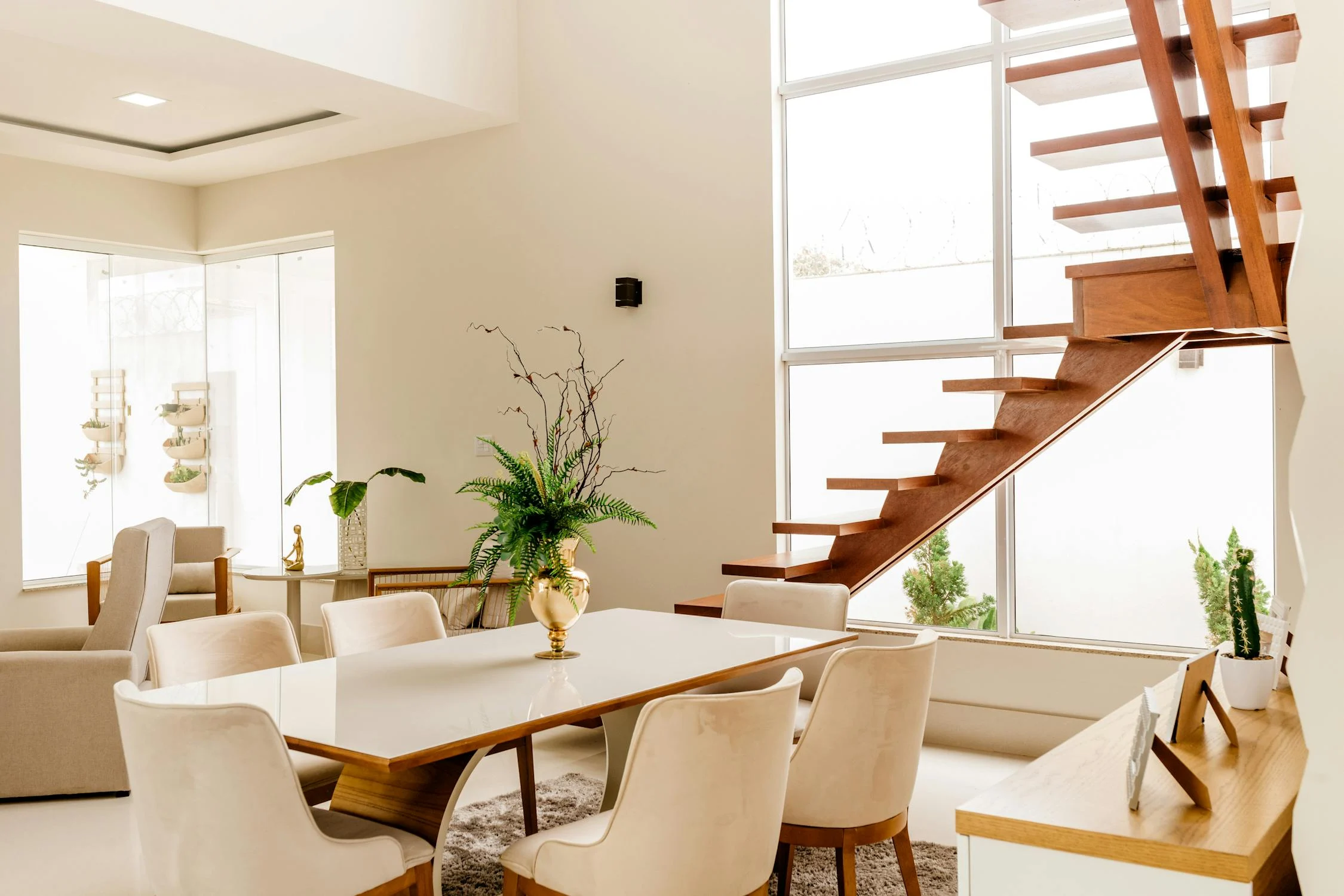
Room-by-Room Sustainable Interior Design
Living Room:
1. Sustainable Furniture: Choose furniture made from sustainably sourced wood or recycled materials. Look for pieces that are durable and timeless to avoid frequent replacements.
2. Eco-Friendly Fabrics: Use organic cotton, linen, or wool for upholstery and cushions. These materials are not only sustainable but also hypoallergenic.
3. Energy-Efficient Lighting: Use LED bulbs and consider installing dimmer switches to control lighting levels and reduce energy consumption.
Kitchen:
1. Energy-Efficient Appliances: Upgrade to energy-efficient refrigerators, dishwashers, and ovens. Look for models with the Energy Star label.
2. Sustainable Countertops: Consider countertops made from recycled glass, bamboo, or reclaimed wood. These materials are durable and eco-friendly.
3. Water-Saving Fixtures: Install low-flow faucets and consider a water-efficient dishwasher to conserve water.

Bedroom:
1. Organic Bedding: Choose bedding made from organic cotton or bamboo. These materials are free from harmful chemicals and more sustainable.
2. Eco-Friendly Mattresses: Look for mattresses made from natural latex, organic cotton, or wool. These options are better for your health and the environment.
3. Natural Light: Maximize natural light with large windows and light-colored walls. Use blackout curtains to improve energy efficiency by keeping rooms cooler in summer and warmer in winter.

Bathroom:
1. Low-Flow Fixtures: Install low-flow showerheads, faucets, and toilets to reduce water usage.
2. Sustainable Tiles: Use tiles made from recycled materials or natural stone for a stylish and eco-friendly bathroom.
3. Natural Ventilation: Ensure good ventilation with windows or exhaust fans to prevent mold and improve air quality.
Home Office:
1. Sustainable Furniture: Choose desks and chairs made from sustainable materials. Consider second-hand or refurbished furniture.
2. Energy-Efficient Equipment: Use energy-efficient computers, printers, and lighting. Turn off equipment when not in use to save energy.
3. Indoor Plants: Add plants to your workspace to improve air quality and create a calming atmosphere.


Outdoor Spaces:
1. Sustainable Decking: Opt for decking materials made from recycled plastics or sustainably sourced wood.
2. Native Landscaping: Design your garden with native plants that require less water and maintenance.
3. Eco-Friendly Outdoor Furniture: Choose outdoor furniture made from recycled or sustainable materials.

Embracing a Sustainable Lifestyle
Mindful Consumption :
1. Buy Less, Choose Well: Focus on quality over quantity. Invest in durable, high-quality items that will last longer.
2. Support Eco-Friendly Brands: Purchase from companies that prioritize sustainability and ethical practices.
3. Reduce, Reuse, Recycle: Always consider ways to reduce waste and recycle materials whenever possible.
Community and Education :
1. Local Sourcing: Support local artisans and businesses that use sustainable practices. This reduces the carbon footprint associated with transportation.
2. Continuous Learning: Stay informed about new sustainable design trends and technologies. Attend workshops, read books, and join online communities.
3. Share and Inspire: Encourage friends and family to adopt sustainable practices by sharing your journey and successes.
Conclusion:
Sustainable interior design is not just a trend; it is a necessary evolution in the way we think about and interact with our living spaces. By making conscious choices about the materials we use, the products we buy, and the way we manage our homes, we can significantly reduce our environmental impact. Embracing sustainable interior design not only benefits the planet but also enhances our health, well-being, and financial savings.
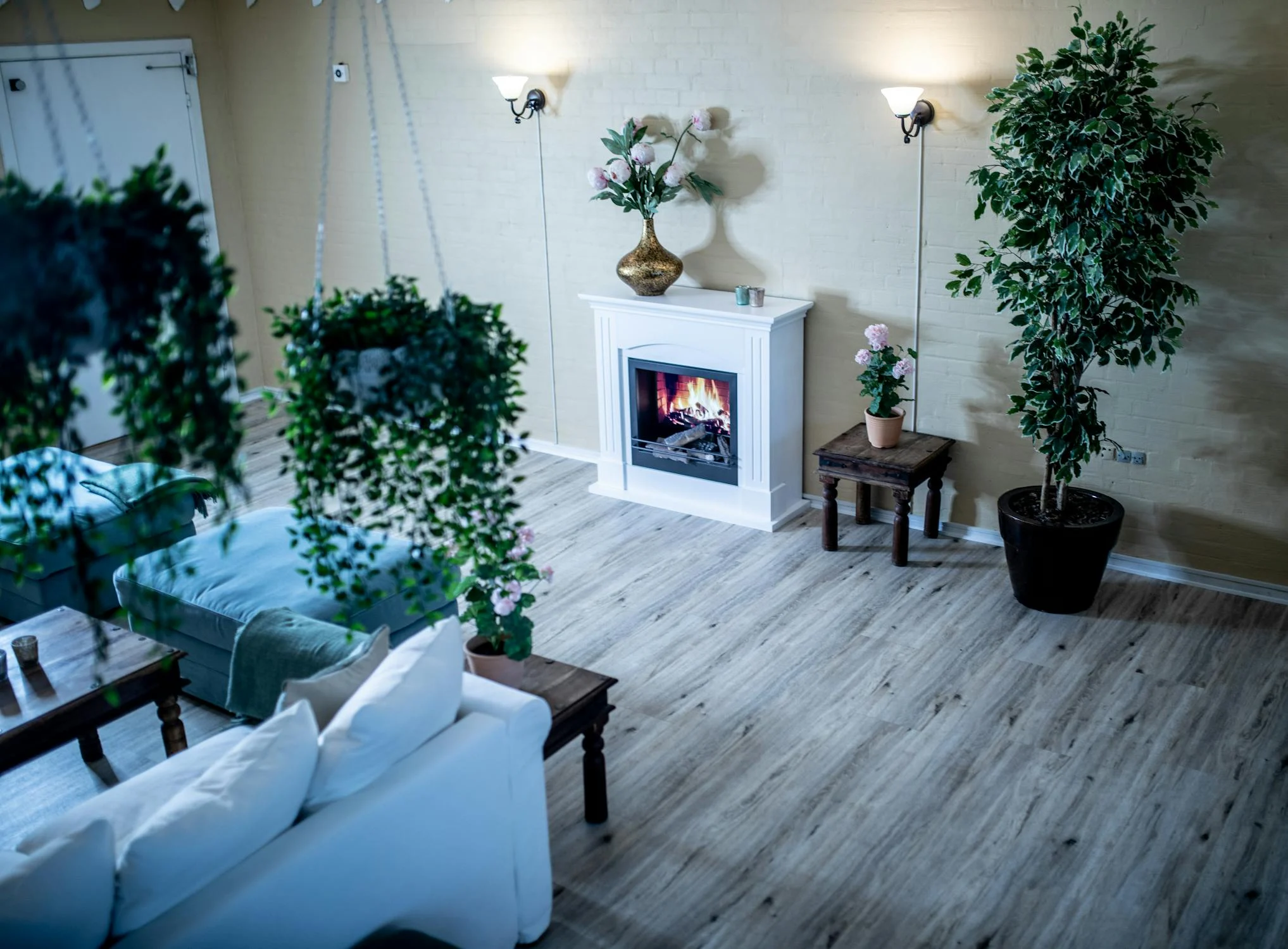
By following the tips and strategies outlined in this guide, you can create a beautiful, eco-friendly home that reflects your commitment to sustainability. Start small, make informed choices, and gradually transform your living space into a model of sustainable design. Remember, every step towards sustainability counts, and together, we can make a significant difference.
Sustainable interior design is the future of home decor, and by making your home eco-friendly, you are contributing to a healthier, more sustainable world. Let’s embrace this positive change and inspire others to do the same.
If you enjoyed this article, share it with your friends and colleagues! Thank you for helping spread the word!
- you might be interested in reading this post as well
- lIlluminate Your Space: Understanding the Transformative Power of Lighting in Interior Design

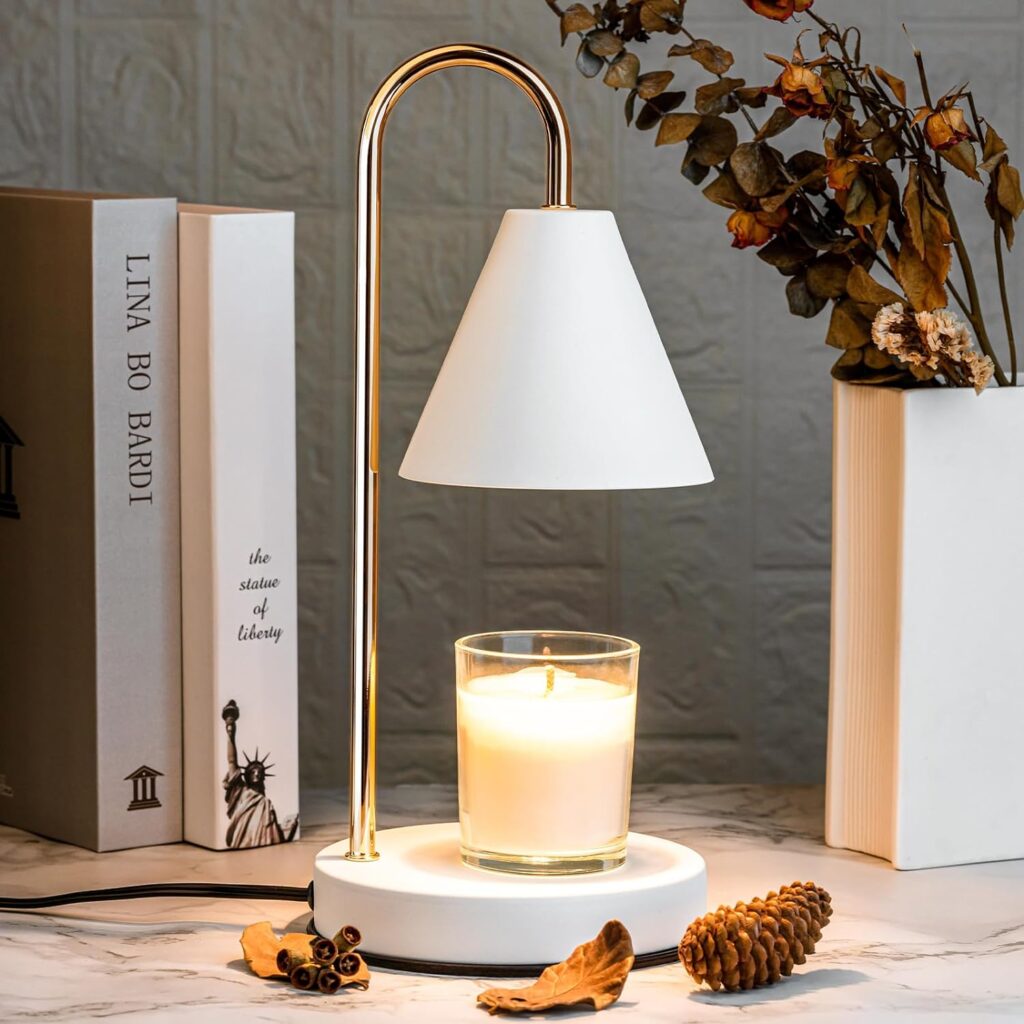
Pingback: The Comprehensive Guide to Indoor Plants for Your Home